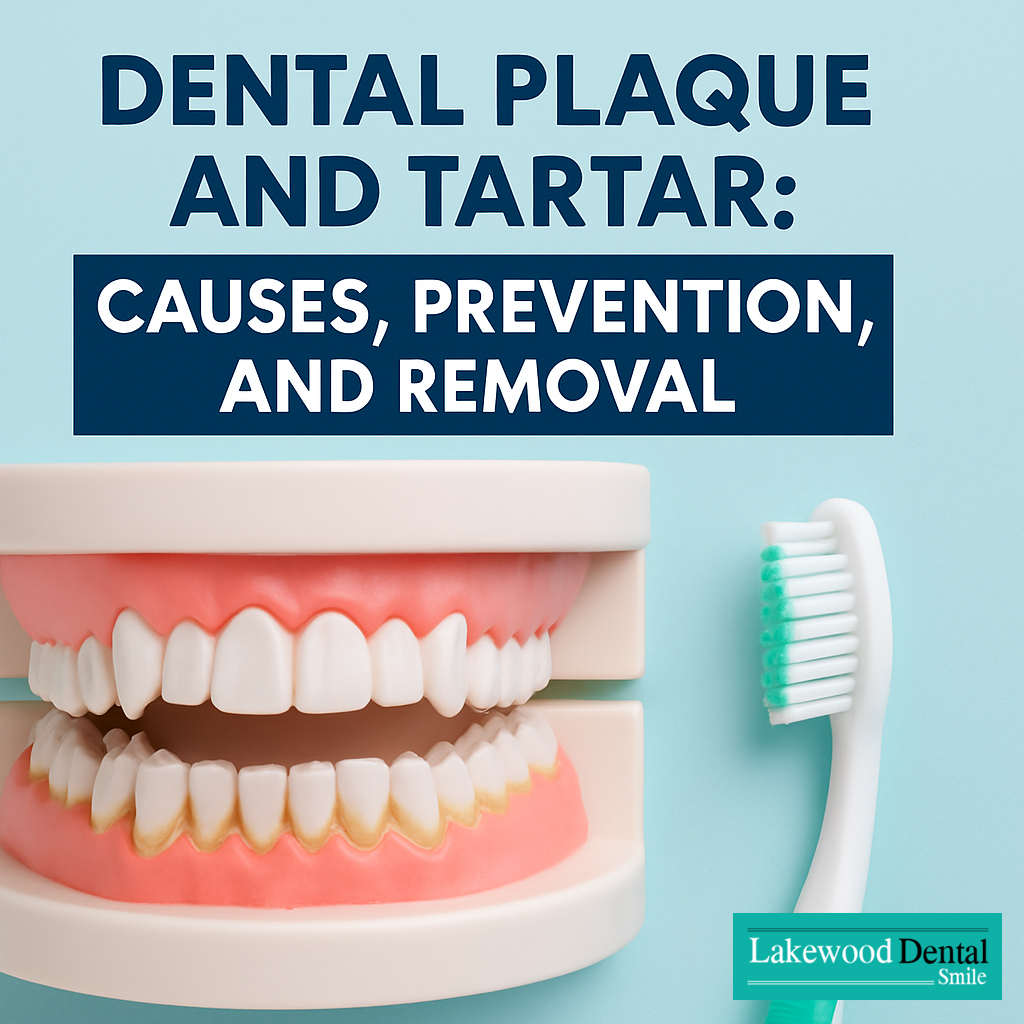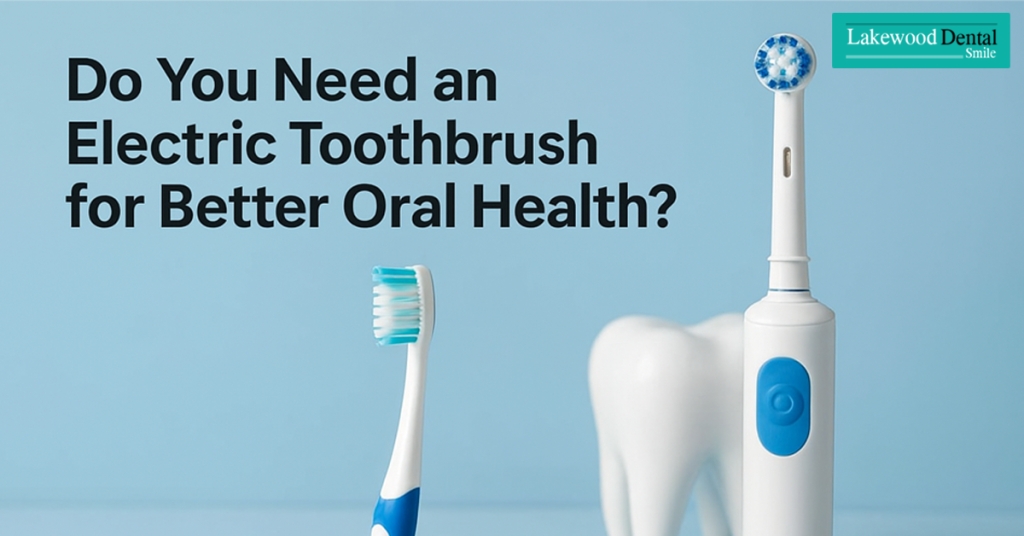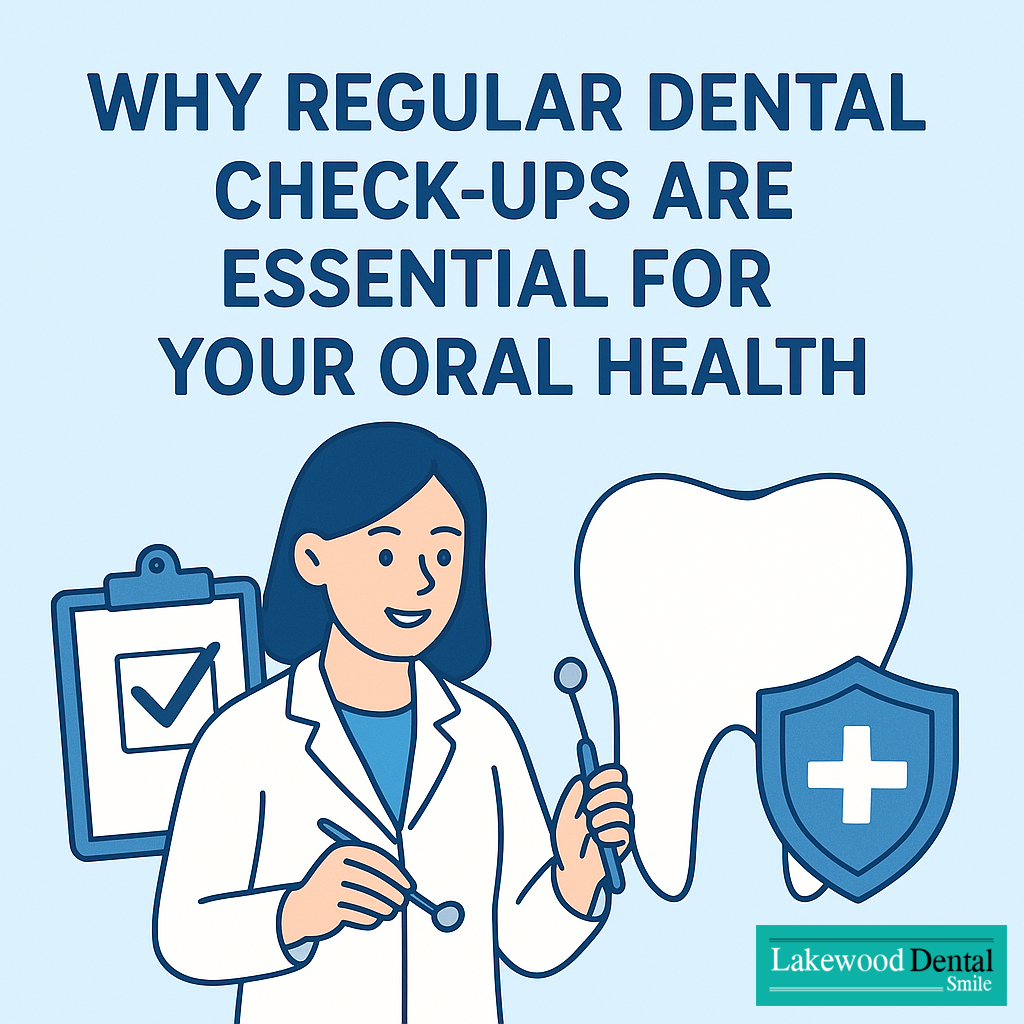
Dental plaque and tartar are among the most common oral health issues, affecting nearly everyone at some point. Dental plaque is a soft, sticky film of bacteria that forms continuously on teeth and gums. If not removed, plaque hardens into tartar, also called calculus, which adheres firmly to tooth enamel. Once tartar develops, it can only be removed by a dental professional. The presence of dental plaque and tartar can lead to tooth decay, gum inflammation, bad breath, and more severe oral diseases over time. Understanding how these build up and how to prevent them is essential for long-term oral health.
Plaque forms when bacteria in the mouth interact with saliva, food particles, and fluids. Sugary and starchy foods—like candy, pastries, soft drinks, and even some fruits—feed these bacteria. The bacteria then release acids that attack tooth enamel, increasing the risk of cavities and gum irritation. For example, someone who frequently snacks on sugary treats without brushing afterward may notice early signs of plaque between the teeth or along the gum line. Maintaining a consistent oral hygiene routine is crucial to controlling dental plaque and tartar before they cause serious problems.
Certain factors make tartar formation more likely. Crowded teeth, braces, dry mouth, smoking, and aging all contribute to the buildup. Even if your oral hygiene is generally good, these factors may require extra attention. Individuals also vary in how quickly plaque hardens into tartar, making regular dental checkups even more important. During these visits, dentists can spot early plaque deposits, even in areas that are difficult to see or reach, such as behind molars or along the gum line.
Early detection is key. Plaque often appears as a pale-yellow film, but it can also be colorless, making it hard to notice. Regular brushing and flossing help minimize its presence, but professional dental cleanings are essential to remove hardened tartar. Dental professionals use instruments like scalers to safely scrape tartar off the teeth and beneath the gums. They can also demonstrate proper brushing angles and flossing techniques tailored to a patient’s unique dental anatomy, ensuring that plaque does not return quickly.
Ignoring dental plaque and tartar can lead to multiple oral health problems:
- Cavities: Plaque bacteria produce acids that erode enamel, causing decay.
- Gingivitis: Plaque and tartar can inflame gums, causing redness, swelling, and bleeding.
- Periodontal disease: Advanced gum disease can result in tooth loss if plaque and tartar are not addressed.
- Bad breath: Persistent bacterial activity produces unpleasant odors.
To prevent plaque and tartar, here are 7 powerful strategies you can implement:
- Brush Twice Daily – Use a fluoride toothpaste and brush for at least two minutes, paying special attention to the gum line.
- Floss Daily – Removes bacteria and food debris between teeth that brushing misses.
- Use an Electric Toothbrush – Studies show electric brushes reduce plaque more effectively than manual brushes.
- Rinse with Antimicrobial Mouthwash – Reduces bacteria and helps prevent plaque formation.
- Limit Sugary and Starchy Foods – Reduce the bacterial “food source” to slow plaque growth.
- Quit Smoking – Tobacco use increases tartar formation and gum disease risk.
- Regular Professional Cleanings – Even with perfect home care, tartar can still form. Scaling removes hardened deposits, improves gum health, and leaves teeth feeling smoother.
Lifestyle habits play a key role. Drinking plenty of water helps wash away food particles and stimulates saliva, which naturally combats bacterial growth. Chewing sugar-free gum can also increase saliva flow, neutralizing harmful acids. After professional cleaning, follow any dentist-recommended aftercare, such as gentle brushing for a few hours and avoiding staining foods for the rest of the day.
Patients at Lakewood Dental Smile in Dearborn, Michigan, often notice immediate benefits after cleaning: smoother teeth, healthier gums, fresher breath, and improved confidence in their smile. Combining these 7 strategies with regular dental visits helps maintain long-term oral health, prevents cavities, and reduces the likelihood of gum disease. By understanding and addressing dental plaque and tartar, you can enjoy a clean, healthy, and confident smile for years to come.
If you’re experiencing tartar buildup, you can receive effective treatment at Lakewood Dental Smile in Dearborn, Michigan.




